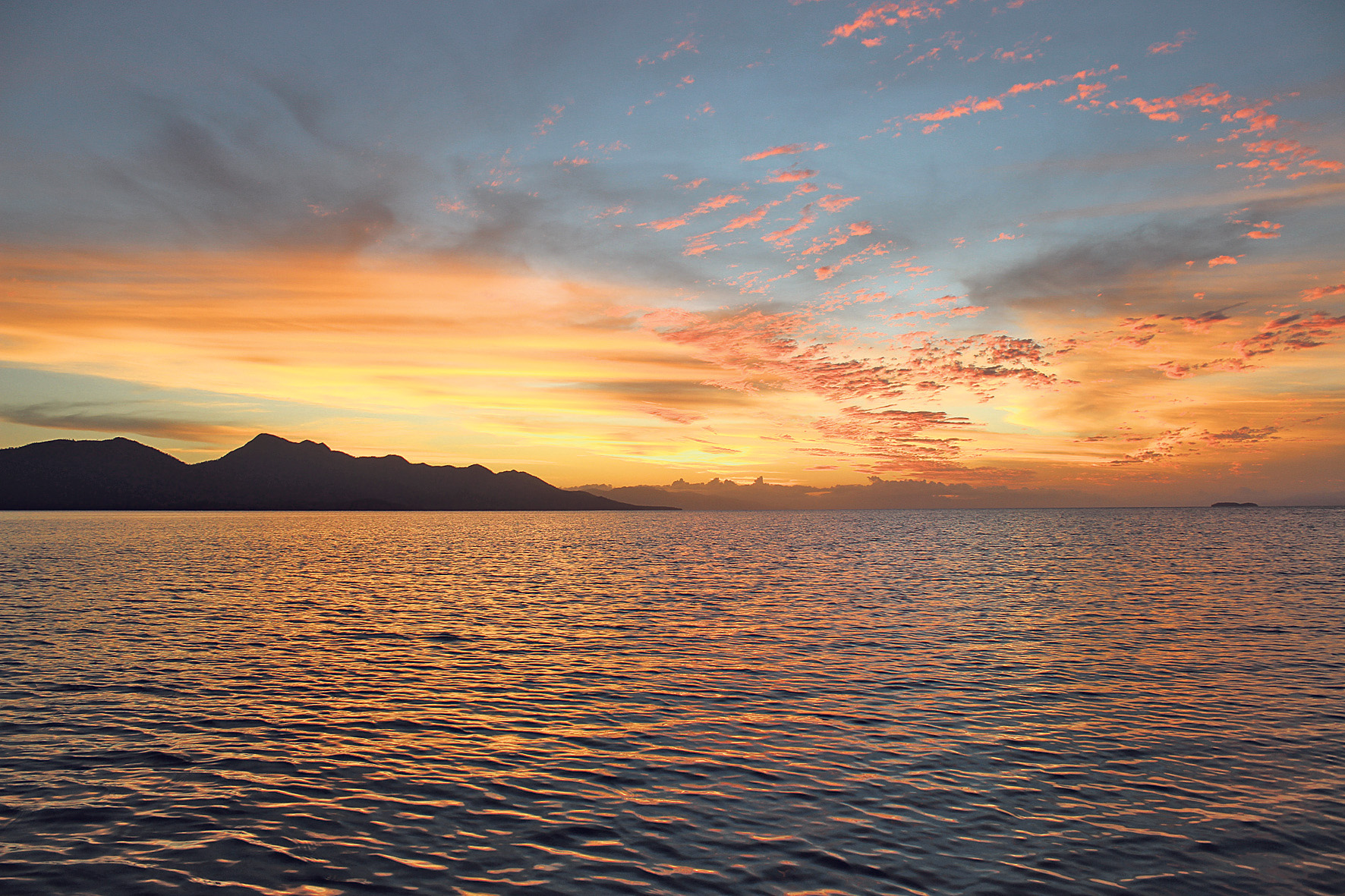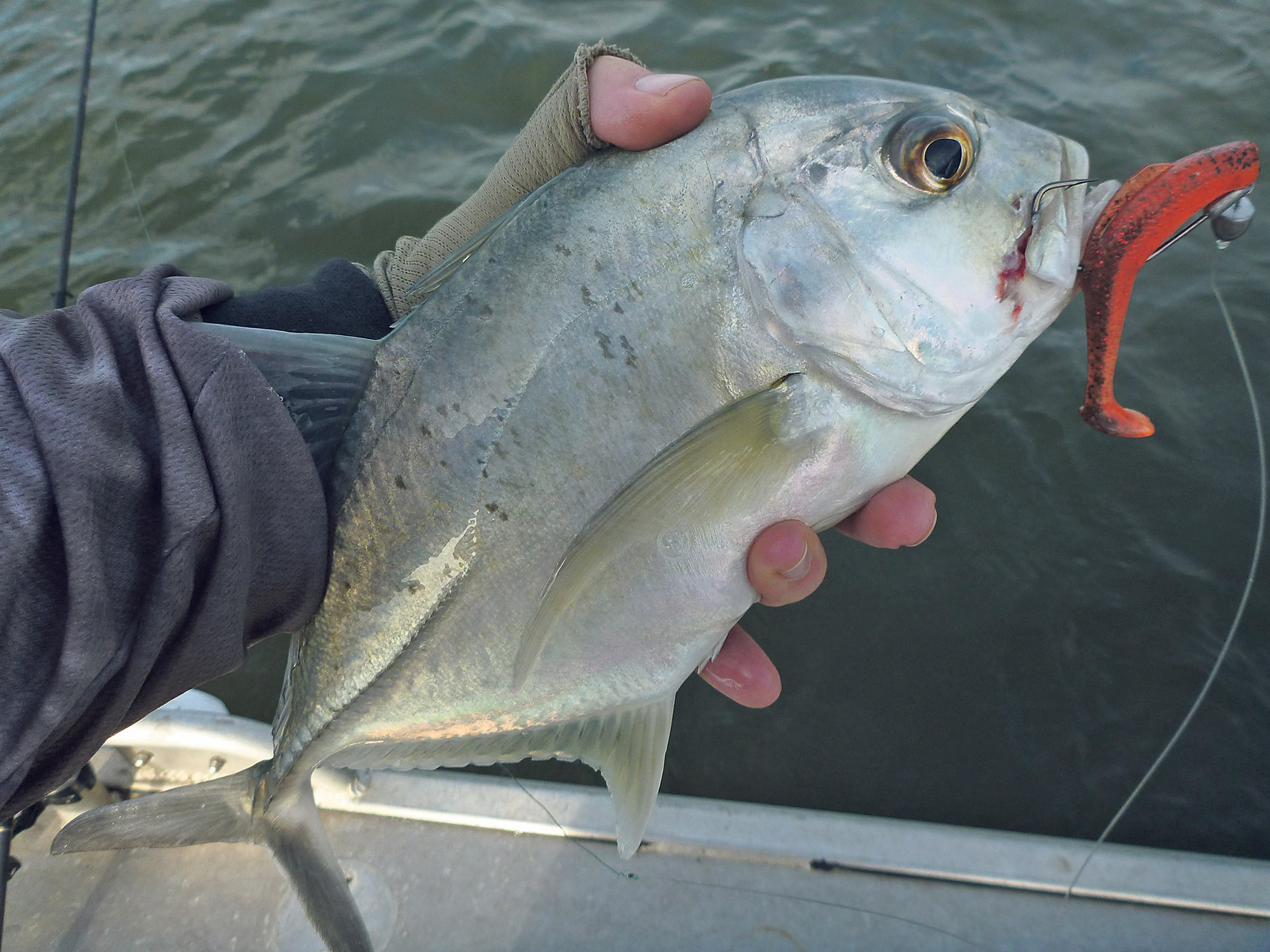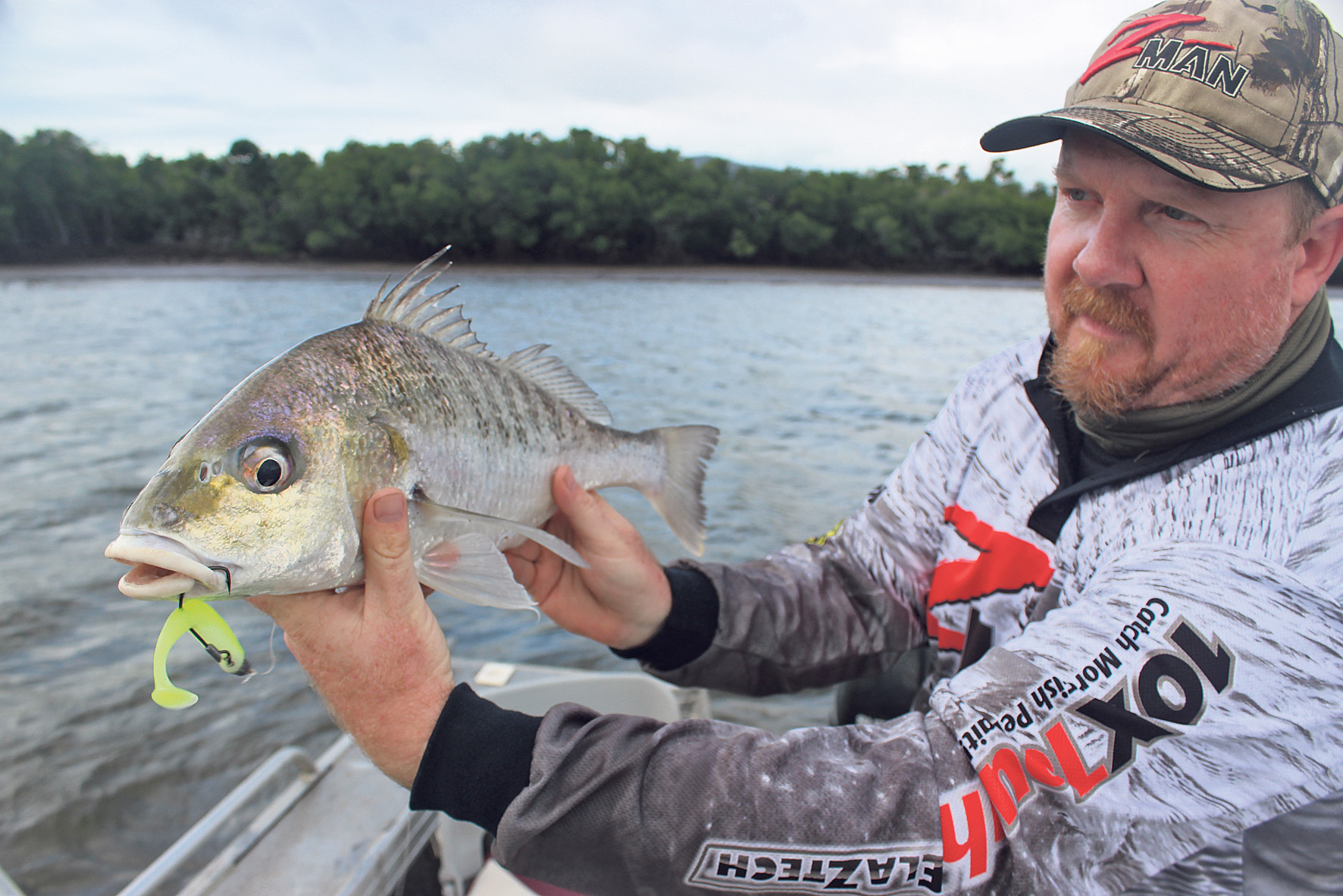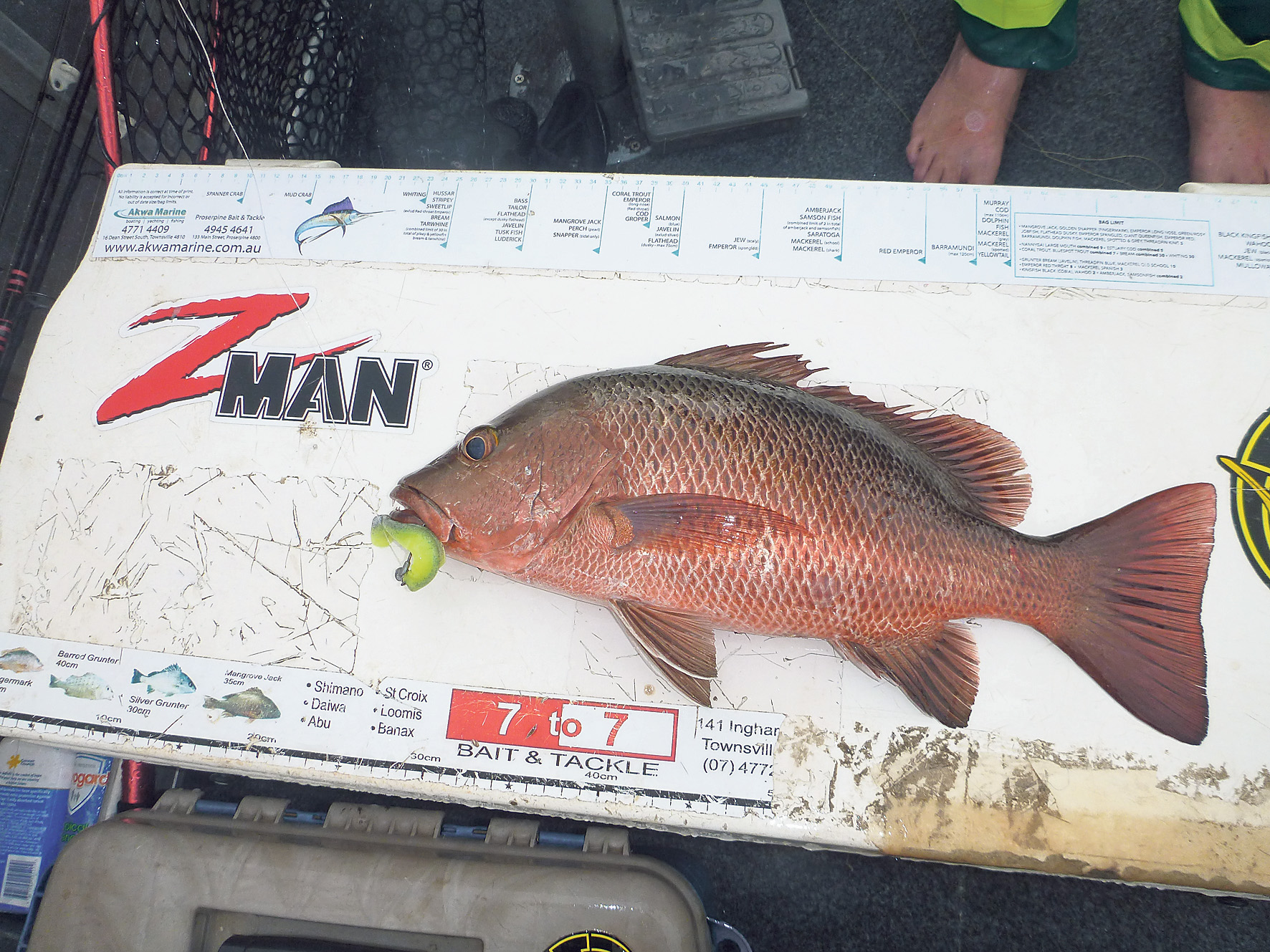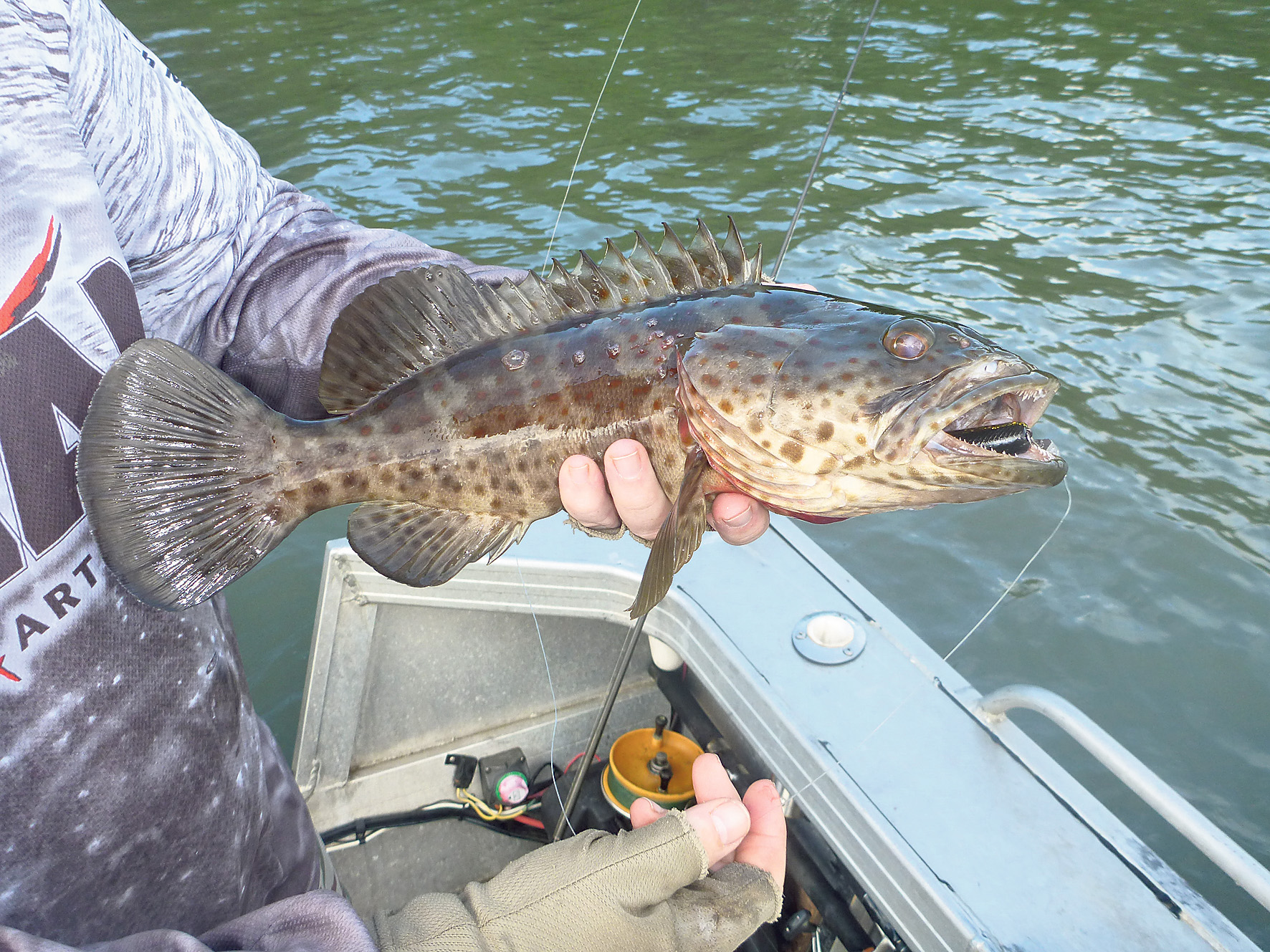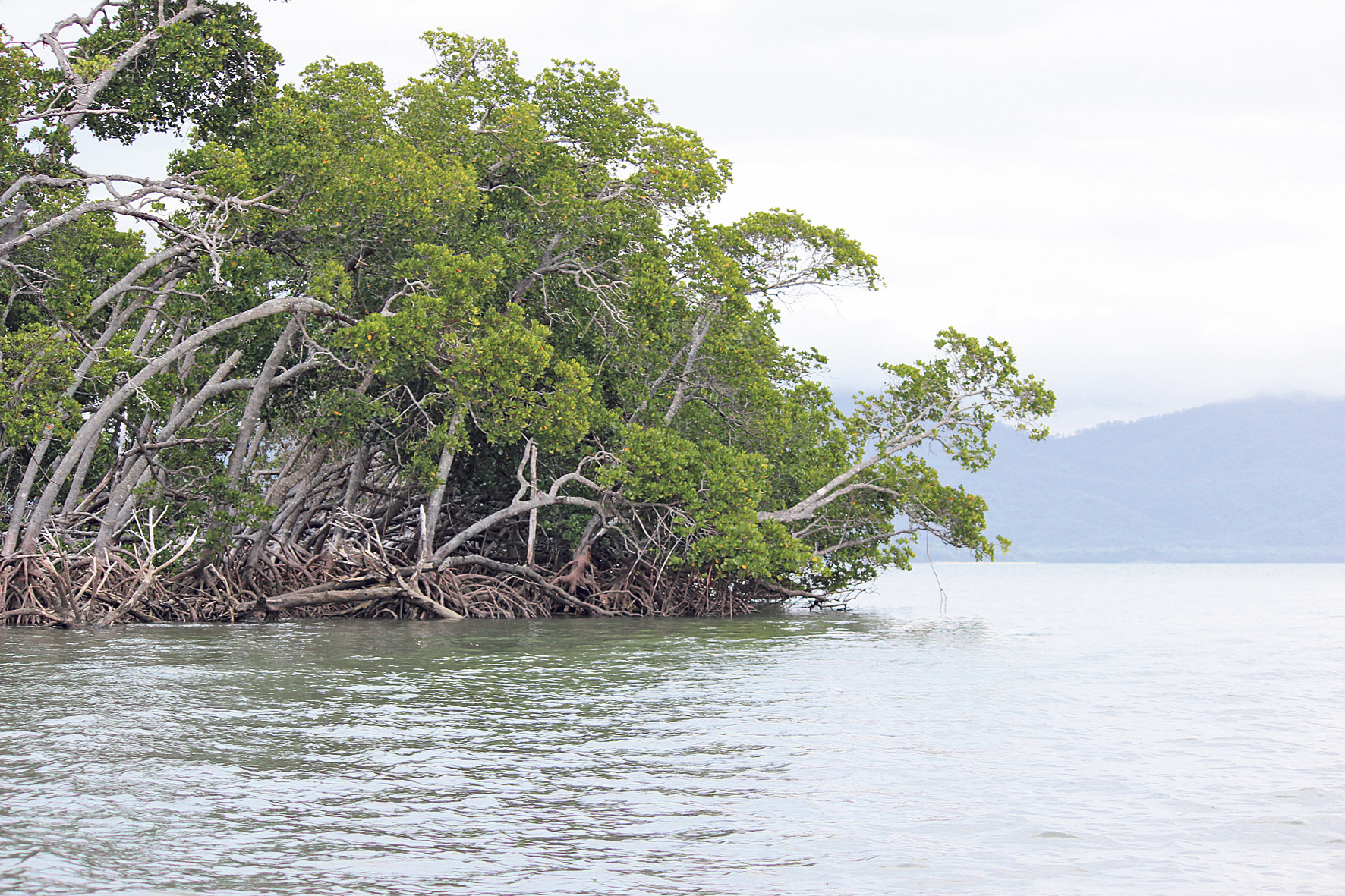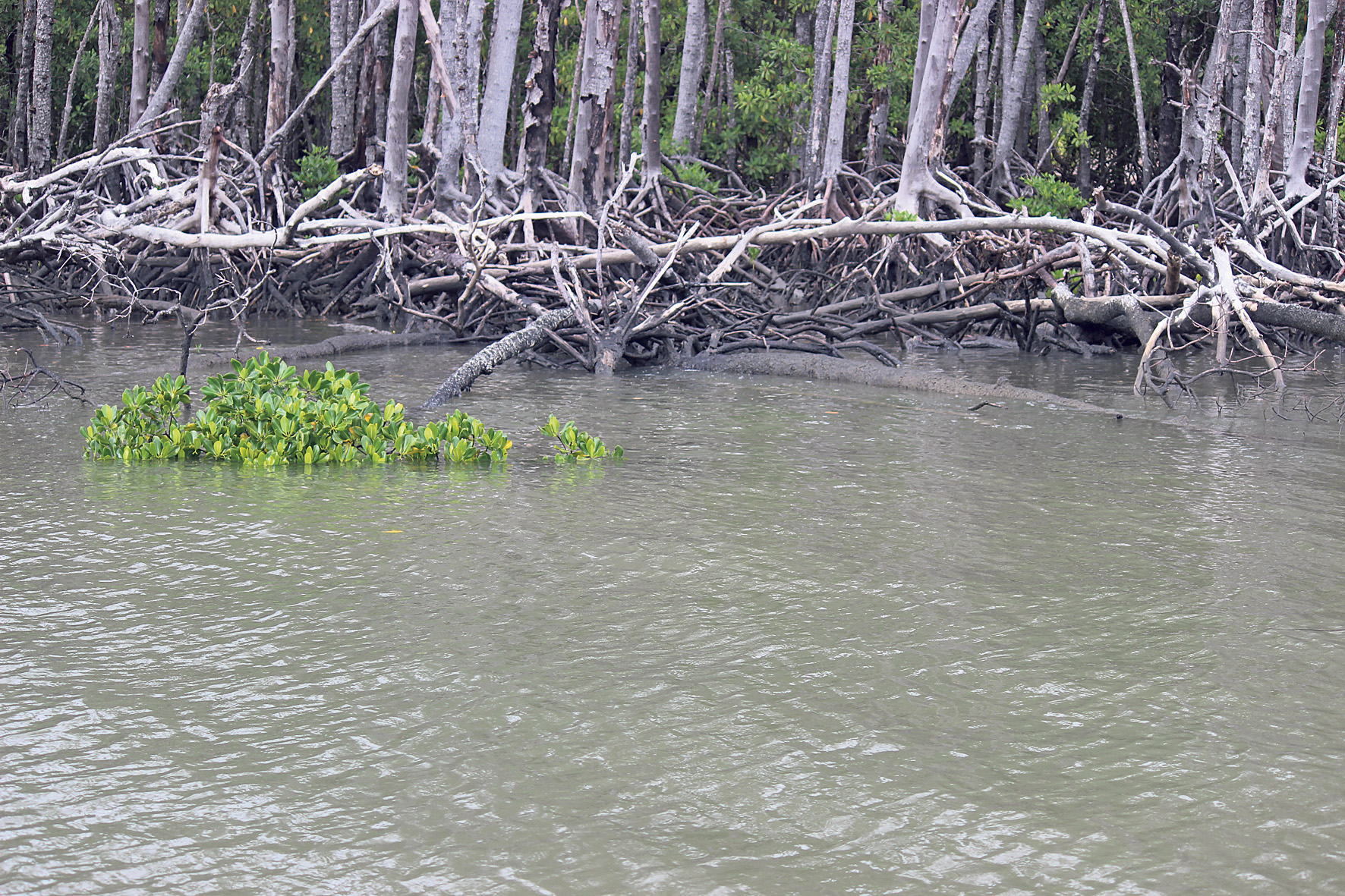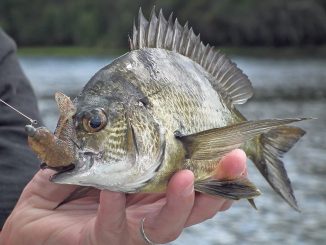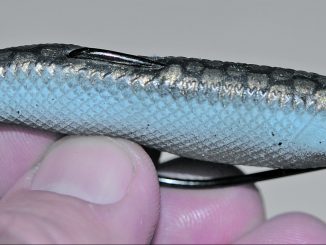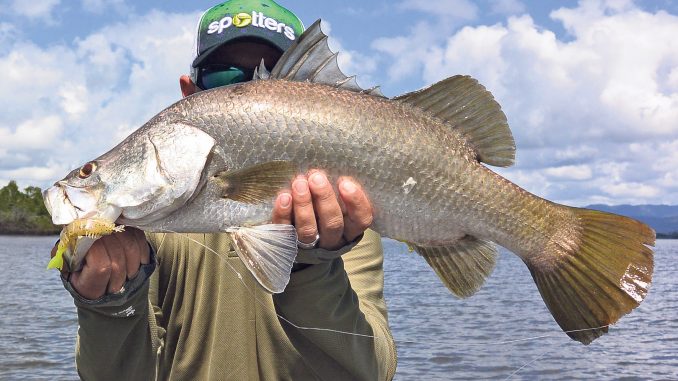
by Justin Willmer •
Anglers often keep a handful of locations that inspire them and draw them back, fuel their daydreaming, recharge their soul and sooth their itchy casting finger. Whether it’s just the amazing fishing or a combination of this and the scenery, serenity, wildlife, family history and good memories, these destinations see us planning months ahead, accumulating a few new toys and meeting around the BBQ to discuss the finer details of the adventure. There are two locations like this for me – the largest sand island in the world and heritage listed Fraser Island, and the spectacular Hinchinbrook Channel. Let’s journey to the latter, load our gear and venture into tropical north Queensland.
Hinchinbrook Channel separates the mainland from the spectacular Hinchinbrook Island, and extends approximately 50km from Oyster Point, south of Cardwell. For those less familiar with the region, Cardwell is about 171km north of Townsville. Cardwell and Lucinda are popular destinations for southern anglers, with plenty of accommodation options, including caravan parks, supply shops for fuel, ice and food, and launching facilities. How spectacular is the Hinchinbrook Channel? To give you an indication, it’s protected within the Hinchinbrook Island National Park, the Great Barrier Reef Marine Park and the Great Barrier Reef World Heritage Area – it’s pretty special.
One thing that keeps drawing me back to the region is myriad species that can be encountered across varied environments, from mangrove creeks and flats, to reef edges, rocky headlands and bluewater. We’ve had sessions popping trevally and coral trout from headlands and reef edges in the morning, then came sneaking back for a few barra and jacks around the mangrove prop roots and snags. This was followed by an afternoon session on a massive school of tarpon, rolling on the surface, and then wrapped up by anchoring for a sunset session with live and dead baits, chasing fingermark, grunter and blue salmon.
Like any location, it’s not always easy. You need to consider tides, wind, recent rainfall and other environmental and seasonal variables. The winter offers more stable weather, mild temperatures, a few less bugs, but take your bug spray, and a mixed bag of species. Cooler temperatures can slow the barramundi and mangrove jack bite down a bit. The other challenge we often encounter on these adventures is choosing which gear to take, without taking everything in the shed!
The minimum fishing luggage, if fishing Cardwell or Lucinda, should include a light, medium and heavy spin combo, or light and medium baitcast combo if you prefer. Add a spin combo that you can use to throw a popper or stickbait, troll a large hardbody or jig a big plastic. If you’re focused on the mangroves and snags, for barramundi and jacks, then you may choose to leave out the larger spin combo. In terms of line and leader, we fish 10lb braid on the lighter spin combo for a bit of fun, 20lb on the medium and 30-50lb on the heavy combo. Leader wise, we go as low as 20lb. Bite offs will see us stepping up to 40lb in the creeks, and even 60-80lb around the headlands, when bigger barra are the target.
For lures, we carry a selection of hardbodies around the 120mm size, including shallow divers for casting the flats and mangrove edges, along with some deeper divers for trolling through the deeper holes, if we locate fish on the sounder. Popular colours include lures with a fair amount of gold, chartreuse or green. Carry a few poppers and stickbaits and you could hook-up a trevally, queenfish or mackerel. It’s also worth having a few 20, 40 and 60g slugs in your kit, if you’ll be spending time in the bluewater.
Soft vibes are popular. The bite can vary so it’s worth carrying a couple of weights and sizes. We’ve also had a lot of success fishing metal vibration blades at 1/8, 1/4 and 3/8oz on the flats and down the drop offs, or 1/2oz and even 1oz TT Switchblade HDs, for deeper holes and headlands. The most productive lures for us though, have been soft plastics, with 5-7” jerkbait profiles for the headland and offshore work, 2.5-6” paddle-tail and 3-4” prawn imitations for the mangroves and drains, along with some 4” FrogZ and 4-5” Pop ShadZ for some surface work.
Soft plastics are an inexpensive option and extremely versatile, as you can carry a selection on unweighted and weighted weedless jigheads for fishing snags, along with a variety of weight and hook sizes to suit inshore or offshore. This allows you to take a single soft plastic lure and fish it on the surface, across the flats, in the snags, or weight it for fishing deeper around the headlands. It effectively takes the place of four or five other lures.
Where to fish
Fish are where you find them and they don’t always read the same magazines we do. Here are a few structure types that work for us and how we approach them.
Flats
During the higher stages of the tides, the flats can produce a variety of species, including barra, mangrove jack, golden snapper, salmon, grunter and trevally. It’s surprising how little water is required for fish to venture onto the flats, hunting baitfish, prawns and crustaceans in this thin column of water. Key signs to look for include puffs of mud, fleeing baitfish or prawns and shadows of fish cruising the flats. Be sure to keep an ear out for fish feeding and get a lure straight into the area.
Structure-wise, fish the drop-offs. Drains that dissect the flats act as travel routes and ambush points for predators. Keep an eye out for solitary snags and even sticks on the flats. We’ve hooked-up to half a dozen mangrove jacks on a single branch in the middle of nowhere. Surface lures are worth a throw, but we commonly roll 3-4” paddle-tail plastics across the flat, on 1/12-1/4oz jigheads. On the last of the run-out and first of the run-in, the mouths of these drains can be alive with bait. They funnel from the flat, or line up to seek refuge back up on the flat and in the mangroves. The first cast often counts, so punch it right up in the drain and work it back out.
Mangrove Edges
While the water is up in the mangroves, it’s also worth peppering the mangrove edges with casts. Keep those eyes and ears out for bait and fish, paying extra attention to mangrove points, variations in the mangrove edge, laydown timber and green leafy branches that are below the surface. These attract bait and offer additional cover. Land those casts right up in the mangroves, amongst the prop roots, in the fork of laydown timber and parallel to laydowns.
In this situation, where it’s all about getting that lure in, under or over structure, we opt for weedless jigheads that minimise snagging. If you do snag in a prime area, allow your mate to make a couple casts before retrieving your lure, to avoid shutting the snag down. Our go-to lures for the snags include 3-4” prawn imitations and paddle-tails. Use the prawn imitation for slower presentations and keep the lure in the strike zone longer. Get the cast right in there, allow it to sink, and work it out with a series of hops and pauses. Change things up if they won’t bite, mix up the speed of the retrieve, twitches and pauses until you crack a pattern.
Deeper Holes
Keep an eye on the sounder for deeper holes, often found on points and the bends of creeks, as these will often hold schools of bait and fish. If these fish aren’t biting it’s worth fishing them at a different stage of the tide, including slack tide. These fish can be targeted effectively with soft vibes, blades and soft plastics. Often less is more, in terms of action. Position the boat directly above the fish and use short lifts to keep the lure in their faces – drive them to strike. If all else fails, switch to deep diving hardbodies and troll the area.
It’s worth paying attention to drop offs around these deeper holes. We’ve had great success casting small, 1/8oz and 1/4oz blades along these edges or hopping them down into the holes. Pikey bream, grunter, mangrove jack, golden snapper and even barra can’t resist a blade sunk to the bottom, and then retrieved with a series of small hops and winds.
Headlands
Rocky headlands and ledges are fish magnets, but can take some nutting out at times. We’ve landed some cracker coral trout, golden snapper, trevally, cod and a mixed bag of other species, by targeting rocky headlands and structure in close proximity to them. Jerkbait style plastics are our go-to and we target the washes, casting close to the headland. Allow the plastic to sink and then twitch and wind it away from the structure, to represent a fleeing baitfish.
Another productive technique has been to target secondary structure out from these headlands, such as rock platforms, rubble and reef. Fish these vertically, sending 5” soft plastic jerkbaits to the bottom. Pull them with a double hop and drop back to the bottom. Many hits come on the drop, so brace yourself. Be ready for some white knuckle combat to extract these brutes from their hidey holes. For jighead weights, 1/2, 3/4 or 5/0 jigheads have served us well. If you see any surface activity, it’s time to pull out the poppers and stickbaits. Throw a dozen casts in the general area of the disturbance.
Bluewater
If you score some good weather and opt to travel further into the blue, it’s worth looking for activity. Look for bait, birds or bust ups. Also, keep an eye on the sounder for bait, fish and structure. Trolling skirts or hardbodies is an option while you explore, producing mackerel, tuna, trevally and other pelagic species. Once fish or structure are located, it’s again over to the soft plastic jerkbaits, big blades, slugs and micro jigs.
BaitFishing
It’s not all about lure fishing for some anglers. Most popular baits will produce results. We commonly cast net mud herring and settle in for a sunset session, anchored along a likely looking mangrove edge, or on a flat with plenty of drains. The rig we use is simple, consisting of a Mustad Kahle hook in #1 or #1/0, with about a 50cm trace to a swivel, and the smallest running ball sinker we can get away with. We use either one live herring or a couple of dead herring, cast out, kick back and wait for the bite.
A baitfeeder style reel is definitely an advantage when baitfishing, allowing the fish to play with the bait, pick it up and swim off before setting the hook. Night sessions can produce a bit of unwanted by-catch, including trumpeter, catfish, eels and sharks. However, it can also produce some quality grunter, salmon and golden snapper, along with mangrove jack and barramundi.
Crabbing
Putting a few crab pots in the mangroves could see you feasting on mud crabs, however, it can be a distraction from the fishing and burn casting time. Remember to throw your crab float up into the mangroves so that it’s visible, doesn’t get trapped under the prop roots with the rising and falling tide, and doesn’t get eaten by crocs! You may find your pots getting panel beaten by a crocodile or two, in which case, it’s worth moving them to another area. Yes, crocodiles are a reality in this part of the world, so always stay aware. Don’t wade into the water, especially after dark. I like to keep the boat between myself and deeper water when getting in or out.
This truly is a magic part of the world, with plenty on offer for anglers, along with spectacular scenery, serenity and wildlife. It’s worth doing a bit of research in terms of weather, tides and fishing seasons, to give yourself the best chance of a successful trip. In saying that, I’ve enjoyed every trip I’ve done to the region, and can guarantee that I’ll be navigating Hinchinbrook Channel in my dreams.



